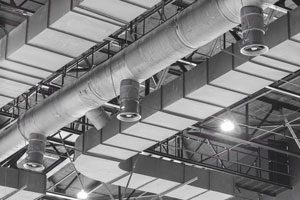 Dwyer Instruments offers a multitude of sensors for monitoring air velocity in HVAC systems. Some of this instrumentation has a simple construction (Pitot tubes, for example) while others are more complex, such as hot-wire anemometers.
Dwyer Instruments offers a multitude of sensors for monitoring air velocity in HVAC systems. Some of this instrumentation has a simple construction (Pitot tubes, for example) while others are more complex, such as hot-wire anemometers.
The initial term and first “hot-wire anemometer” was developed back in 1914 by Louie Vesso King. He is also accredited for King’s Law, which mathematically describes heat transfer in air flows using a heated wire. As the air moves over the wire, it causes a loss of temperature in the wire and removes some of the wire’s heat energy. Continue reading “Understanding Air Velocity Sensors”


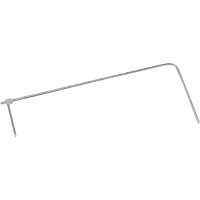
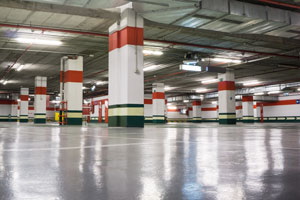
 As cities around the world continue to grow, the need to fit more parking and loading dock capacity into smaller spaces is essential for new municipal and commercial building plans. For personal vehicles, many designers turn to enclosed parking garages to fit as many vehicles in as small a space as possible, or to mixed-use structures that combine a parking garage with work or living space in one building. For commercial traffic, loading dock operators are designing docks and material handling systems to service shipping vehicles as quickly as possible.
As cities around the world continue to grow, the need to fit more parking and loading dock capacity into smaller spaces is essential for new municipal and commercial building plans. For personal vehicles, many designers turn to enclosed parking garages to fit as many vehicles in as small a space as possible, or to mixed-use structures that combine a parking garage with work or living space in one building. For commercial traffic, loading dock operators are designing docks and material handling systems to service shipping vehicles as quickly as possible. 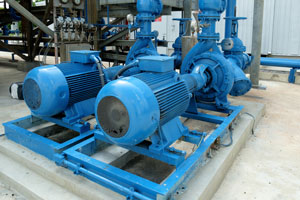
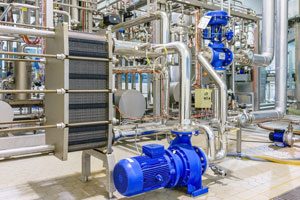 Air compressors, irrigation systems, and heat exchangers all use pumps to push air or water through their systems. If the pressure in any of these systems is too high or too low, it could have serious consequences for the pump, the pipes, or the entire system. Most engineers choose pumps that operate 80-110% of their Best Efficiency Point (BEP), the point on the curve where the pump is most efficient. Pump performance will suffer if the pump is operating outside of the BEP, so it is important to monitor pressure to ensure you are getting the most out of your pumping system.
Air compressors, irrigation systems, and heat exchangers all use pumps to push air or water through their systems. If the pressure in any of these systems is too high or too low, it could have serious consequences for the pump, the pipes, or the entire system. Most engineers choose pumps that operate 80-110% of their Best Efficiency Point (BEP), the point on the curve where the pump is most efficient. Pump performance will suffer if the pump is operating outside of the BEP, so it is important to monitor pressure to ensure you are getting the most out of your pumping system. 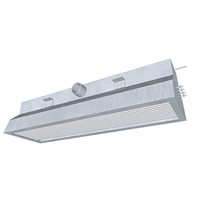
 The primary goal of HVAC technology is to determine the most effective approach to heat/cool the interior of commercial sized buildings. One of the most effective ways of achieving this goal is through the use of chilled beam systems.
The primary goal of HVAC technology is to determine the most effective approach to heat/cool the interior of commercial sized buildings. One of the most effective ways of achieving this goal is through the use of chilled beam systems.